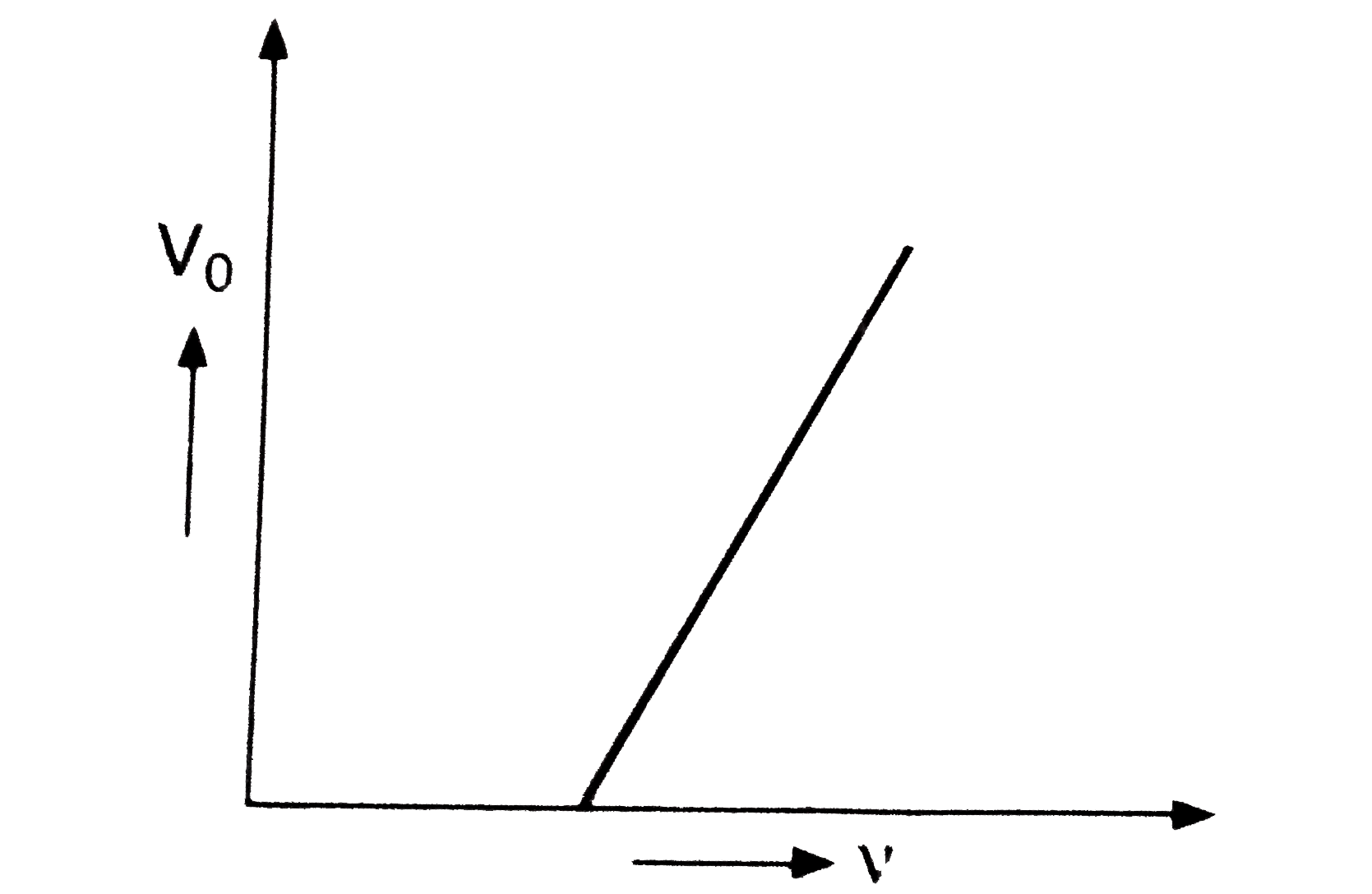The stopping potential (V0)
Depends upon the angle of incident light
Depends upon the intensity of incident light
Depends upon the surface nature of the substance
Is independent of the intensity of the incident light
The correct Answer is:D
Step by step video, text & image solution for The stopping potential (V_(0)) by Physics experts to help you in doubts & scoring excellent marks in Class 12 exams.
Updated on:21/07/2023Topper's Solved these Questions
- ELECTRON, PHOTON, PHOTOELECTRIC EFFECT AND X-RAYSBOOK - ERRORLESS CHAPTER - ELECTRON, PHOTON, PHOTOELECTRIC EFFECT AND X-RAYSEXERCISE - Cathode Rays and Positive Rays
11 Videos
- ELECTRON, PHOTON, PHOTOELECTRIC EFFECT AND X-RAYSBOOK - ERRORLESS CHAPTER - ELECTRON, PHOTON, PHOTOELECTRIC EFFECT AND X-RAYSEXERCISE - Photon and Photoelectric Effect
4 Videos
- ELECTRO MAGNETIC INDUCTIONBOOK - ERRORLESS CHAPTER - ELECTRO MAGNETIC INDUCTIONEXERCISE - SET
20 Videos
- ELECTRONICSBOOK - ERRORLESS CHAPTER - ELECTRONICSEXERCISE - Selv Evaluation Test
23 Videos
Similar Questions
When a metallic surface is illuminated with monochromatic light of wavelength λ, the stopping potential is 5V0. When the same surface is illuminated with light of wavelength 3λ, the stopping potential is V0. The work function of the metallic surface is hckλ. Find k.
View SolutionWhen a metallic surface is illuminated with monochromatic light of wavelength λ ,the stopping potential is 5V0 .When the same surface is illuminated with light of wavelength 3λ ,the stopping potential is V0 .The work function of the metallic surface is hcnλ .Find n?
View Solution
Knowledge Check
In photoelectric effect the slope of straight line graph between stopping potential (V0) and freqency of incident light (v) gives:
 Acharge on electronBwork function of emitterCPlanck's constantDratio of Planck's constant to charge on electron
Acharge on electronBwork function of emitterCPlanck's constantDratio of Planck's constant to charge on electronWhen a photosensitive surface is illuminated with light of wavelength λ, the stopping potential is V0. But when light of wavelength 2λ is incident on the same surface, the stopping potential is V04. What is the threshold wavelength for the surface ?
A2λB3λC4λD5λThe figure shows different graphs between stopping potential (V0) and frequency (v) for photosensitive surface of cesium , potassium , sodium and lithium. The plots are parallel. Correct ranking of the targets according to their work function greatest first will be
 A(i)>(ii)>(iii)>(iv)B(i)>(iii)>(ii)>(iv)C(iv)>(iii)>(ii)=(iv)D(i)=(iii)>(ii)=(iv)
A(i)>(ii)>(iii)>(iv)B(i)>(iii)>(ii)>(iv)C(iv)>(iii)>(ii)=(iv)D(i)=(iii)>(ii)=(iv)
Plot a graph showing variation of stopping potential (V0) with the frequency (v) of the incident radiation for a given photosensitive material. Hence, state the significance of the threshold frequency in photoelectric emission.
Using the principle of energy conservation, write the equation relating the energy of incident photon, threshold frequency and the maximum kinetic energy of the emitted photoelectrons.
View SolutionWhen a surface 1 cm thick is illuminated with light of wavelength λ, the stopping potential is V0, but when the same surface is illuminated by light of wavelength 3λ, the stopping potential is V06. Find the threshold wavelength for metallic surface.
View SolutionWhen a certain metal surface is illuminated wth light of frequency v, the stopping potential for photoelectric current is V0. When the same surface is illumiinated by light of frequency v2, the stopping potential is V04. The threshold frequency ofr photoelectric emissiohn id
View SolutionWhen a surface 1cm thick is illuminated with light of wave length λ the stopping potential is V0, but when the same surface is illuminated by light of wavelength 3λ, the stopping potential is V06. The threshold wavelength for matellic surface is:
View SolutionA student performs an experiment on photoelectric effect using two materials A and B. A plot of stopping potential (V0) vs frequency (ν) is as shown in the figure.

The value of Planck's constant obtained from the experiment for both A and B respectively is
(Given electric charge of an electron =1.6×10−19C)
View Solution
